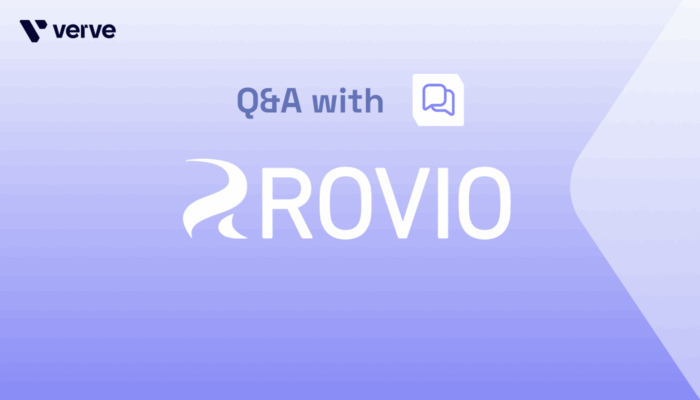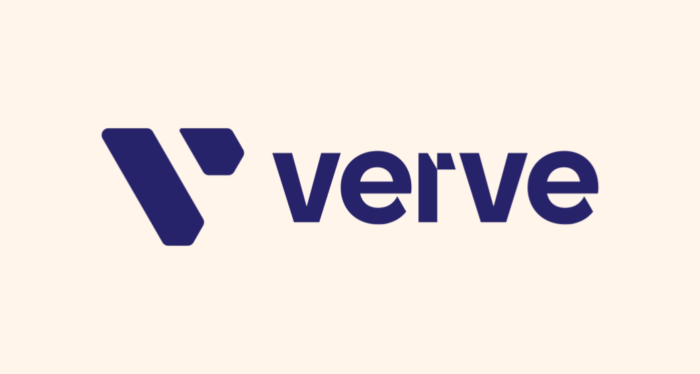
Tag search
- Ad formats (12)
- Ad fraud (9)
- AdAttributionKit/SKAN (22)
- Addressability (6)
- Advertisers (116)
- AI/Machine learning (12)
- All (50)
- Android (8)
- Audience (16)
- Audio (1)
- Brand awareness (14)
- Cohorts (11)
- Connected TV (14)
- Contextual (42)
- CTV (36)
- Custom Built (1)
- Data (61)
- Demographics (9)
- DOOH (15)
- Gaming (8)
- Identity (22)
- Interstitials (6)
- iOS (20)
- Lifestyle (3)
- Measurement/attribution (18)
- Mobile in-app (88)
- Monetization (29)
- Omnichannel (12)
- Past Events (22)
- Performance (22)
- Playable ads (4)
- Privacy (58)
- Privacy Sandbox (8)
- Products (21)
- Publishers (80)
- Quality (4)
- Regulatory (3)
- Reports (7)
- Retail (4)
- Seasonal (17)
- SPO (4)
- Sustainability (7)
- Targeting (62)
- Trending (4)
- Upcoming Events (1)
- User acquisition (10)
- Video (7)









